
Resembling chunks of concrete, or concrete mixing powder, gray death is a lethal combination of some of the most deadly opioids known to man. Samples have been found to contain the designer opioid drug U-47700 (“Pink”), heroin, fentanyl, and various fentanyl analogues. All of these drugs alone are deadly, together the fatal potential is staggering. Gray death is reported to have a potency 10,000 times greater than morphine.
The State Of Heroin Abuse In America
Heroin has an increasingly changing face in America. Once a drug which many thought was reserved to urban minority populations, recent findings suggest that heroin abuse knows no bounds. White suburbia has been largely impacted, with the greatest effects felt in young, male populations.
But with this rising use comes new risks. While heroin, like many street drugs, has always been cut with other materials, the substances within this drug today are game changers. Though some adulterants are by themselves fairly benign, like cornstarch or milk powder, more and more deadly opioid drugs are being mixed into heroin.

Fentanyl and carfentanil are two extremely potent opioids which have been wreaking havoc across our nation in increasing frequency over the past year. But now there’s a deadly new concoction in town: gray death.
What Is Gray Death?
In early 2017, an unidentified super drug began surfacing within the South, predominantly in Alabama and Georgia. Ohio and Pennsylvania have also witnessed this drug’s destruction. At the onset of this fatal trend, emergency medical staff and forensic chemists didn’t even know what it was, or what gave it its distinctive gray hue. Hence why Russ Baer, DEA spokesman said that “It’s mad science and the guinea pigs are the American public.”
The thing is, no two samples are guaranteed to be alike. In fact, the chance that two will be different is far more high than that two would be the same. This inconsistency makes gray death a lethal wildcard in the world of drug abuse. But despite this unpredictability, experts do know one thing: gray death is well-deserving of its name.
“These chemicals are all very potent and very deadly in isolation, but in the wrong hands … that’s a fast-track route to the morgue.” These chilling words, reported by CNN, come from someone who knows this world far too well. Donna Iula, director of forensic chemistry at Cayman Chemical is a scientist whose life’s work is focused on identifying unknown street drugs like gray death.
Why Is Gray Death In Heroin?
After reading this, you may wonder why in the world would anyone ever be possessed to add such a lethal drug to their heroin knowingly? The fact is, many people don’t even realize they’re exposed to gray death.
But some people do purposely lace heroin with other stronger drugs (like gray death) to increase the pleasurable effects they seek or to overcome a tolerance. An addicted person’s judgement is often impaired. Chronic drug use changes a person’s brain, and as a person becomes addicted, the pursuit of the next fix or high begins to outweigh anything else.

These people may think that “if heroin is a rush, then how could I make it even better?” But the thing is, lacing heroin isn’t making it better, it’s making it more dangerous. In these impaired states, a person may turn to gray death or another synthetic opioid, without understanding the fatal capacity the drugs have.
Drug dealers often cut heroin with other strong opioids to increase the potency and to hook potential buyers faster. But more often than not, users and drug dealers alike don’t even know exactly what they’re putting into their supply, especially when it’s a substance with so many variables like gray death.
Gray Death Drug Overdoses
Like many of its individual components, a minuscule amount of gray death can kill. This amount is so small that a person doesn’t even have to use the drug to overdose, or to die. Like fentanyl and carfentanil, gray death can cause almost instant, fatal overdose merely by drug-to-skin contact. It’s reported that it takes up to ten times the amount of Narcan, a life-saving overdose reversal agent, to save someone from a gray death overdose.
Now imagine if touching this drug can do this, what using it by itself or within heroin can do. No matter how you administer gray death-tainted heroin, you’re quite possibly writing your own death sentence. Injecting, snorting, or smoking it all place you in the crosshairs of fatal overdose.
In many cases users don’t actually seek gray death out. Here, these individuals may prepare a dose of heroin, believing it to only be heroin, when in actuality they’re moments away from subjecting their body to the ravages of gray death.
Law enforcement, first responders, and the unsuspecting bystander or loved one can also lose their life at the hand of gray death heroin, simply by touching it or an object that came into contact with it.
How Do I Protect Myself And My Loved Ones From Gray Death Heroin?
First, if you have any reason at all to suspect that your or your loved one’s heroin (or other drugs) is cut with gray death, do not touch it or use it. Also, do not touch any drug paraphernalia, surface, or article of clothing that may have came in contact with it. And more importantly, if you believe that you or someone near to you is in jeopardy of, or actively overdosing, contact emergency medical services immediately.
We understand that many users, and even family members, can be frightened of contacting law enforcement when an illegal drug is involved. This is the most oft-cited reason why people refrain from doing this very thing.

But please know this, making this call could be the difference between spending another day with your loved one and planning their funeral. “The chance of surviving an overdose, like that of surviving a heart attack, depends greatly on how fast one receives medical assistance,” this cautionary statement from the Drug Policy Alliance illustrates the impetus of prompt action.
How Do The Laws Protect Me?
Some counties offer protection to those who turn in heroin and other drugs. One example is in Ohio, which has in many ways been ground zero for synthetic opioid overdoses. Here, a Hamilton County judge passed a law granting immunity to those who turn in these drugs. Additionally, as of June 2017, 40 states plus the District of Columbia have written Good Samaritan Laws or the like into their state’s legislation, reports the National Conference of State Legislatures (NCSL).
So what protection do these Good Samaritan Laws provide? “These laws generally provide immunity from arrest, charge or prosecution for certain controlled substance possession and paraphernalia offenses when a person who is either experiencing an opiate-related overdose or observing one calls 911 for assistance or seeks medical attention,” writes the NCSL.
If your loved one is using heroin, there’s another life-saving call you can make: the one that gets you treatment. Researched-based, inpatient drug rehab programs are one of the most defenses against the opioid epidemic.
Take Action, Save A Life
At DrugRehab.org, we understand the countless ways the opioid epidemic is ravaging our nation’s families. If you’re concerned your loved one could be at risk for using gray death heroin, let us help. Our knowledgeable treatment specialists can connect you to more resources and the best treatment option for your needs. Contact us today.
For More Information Related to “Gray Death Heroin Abuse In The United States” Be Sure To Check Out These Additional Resources From DrugRehab.org:
- Risks Associated with Snorting Heroin (Insufflation)
- How Do People Use Heroin?
- Consequences Of Injecting OxyContin (Oxycodone)
- Understanding A Heroin Use Disorder
- What Helps With Heroin Withdrawal?
Sources
Fox News U.S. — Ohio county offers immunity to people turning in deadly drugs as heroin epidemic rages
National Conference of State Legislatures — Drug Overdose Immunity and Good Samaritan Laws
NBC News — What Is Gray Death? The Killer Drug Cocktail Is Latest Battle in War Against Opioids
NY Daily News — Dangerously potent new drug ‘gray death’ baffles authorities
USA Today — Gray death: It’s 10,000 times more powerful than morphine



 Many people consider vaporizing heroin a form of smoking. Because of this, we will also discuss how people vaporize the drug. One of the most well known and pervasive is “chasing the dragon.” During this practice the user places the heroin on tin foil which is heated from below by a lighter.
Many people consider vaporizing heroin a form of smoking. Because of this, we will also discuss how people vaporize the drug. One of the most well known and pervasive is “chasing the dragon.” During this practice the user places the heroin on tin foil which is heated from below by a lighter.
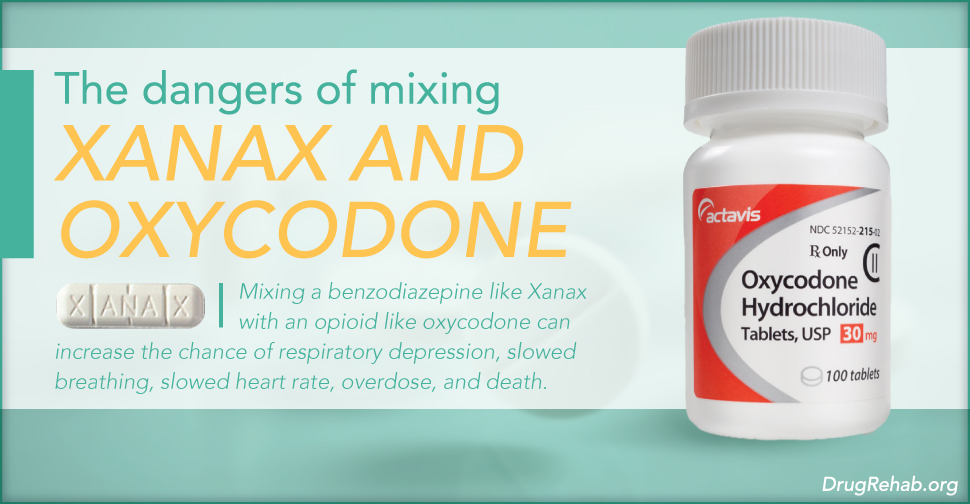


 This is only a potential scenario, and doesn’t apply to everyone—the point is that though not everyone abuses prescription drugs for the same reason, all of our minds are wired the same way to crave things that make us feel good.
This is only a potential scenario, and doesn’t apply to everyone—the point is that though not everyone abuses prescription drugs for the same reason, all of our minds are wired the same way to crave things that make us feel good.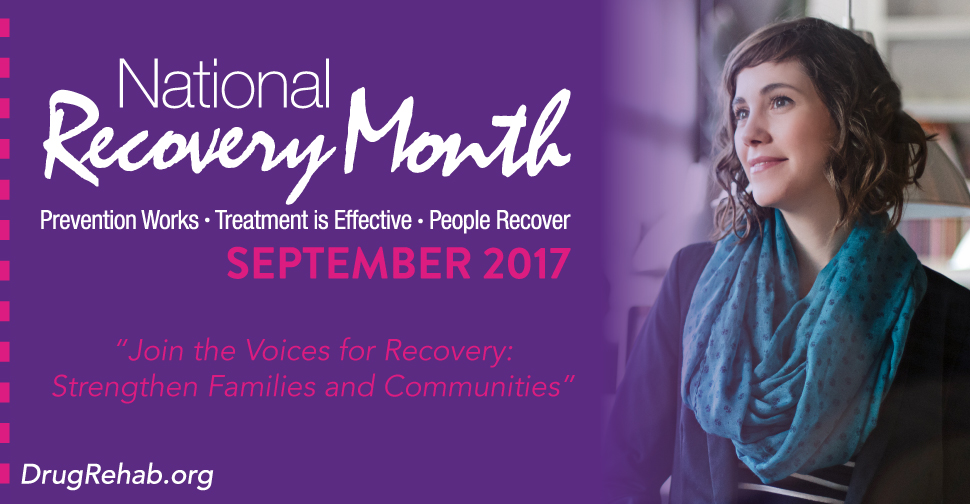
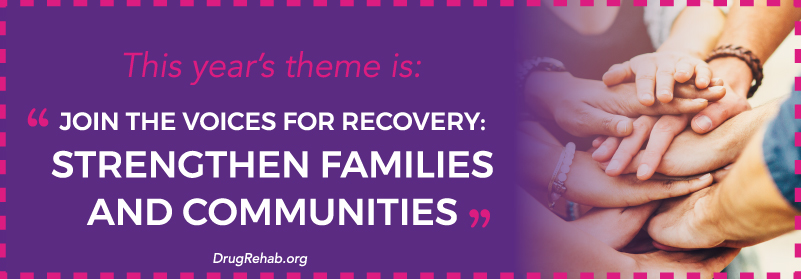
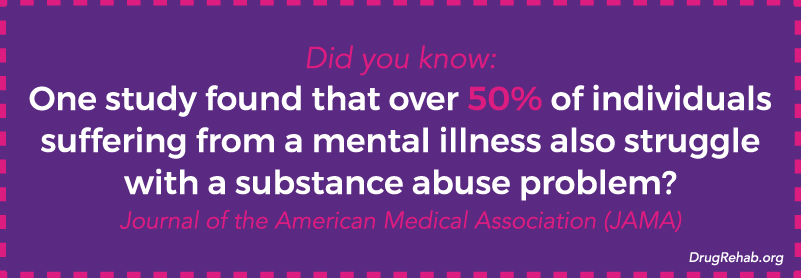
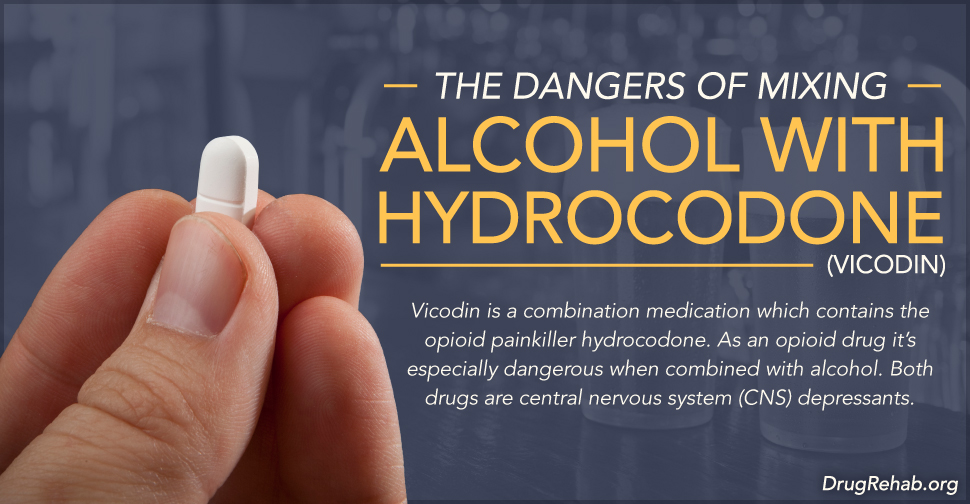


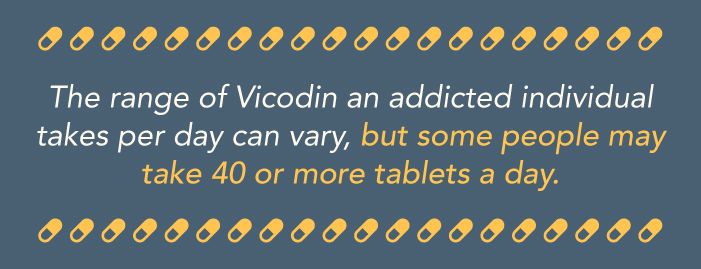



 When used as a medical treatment, the prescribing doctor should gradually taper you off of the drug as to avoid unpleasant side effects of withdrawal. These professionals are trained and understand how to best do this to avoid any complications and further strain to your physical and mental states.
When used as a medical treatment, the prescribing doctor should gradually taper you off of the drug as to avoid unpleasant side effects of withdrawal. These professionals are trained and understand how to best do this to avoid any complications and further strain to your physical and mental states.




 Codeine has been mixed with different drugs to treat various medical conditions, most commonly acetaminophen. There are various strengths of this drug combination, indicated in the title of the drug as Tylenol 2, Tylenol 3, and Tylenol 4. Tylenol 4 is the most potent of these medications, containing 60mg of codeine and 325mg of acetaminophen.
Codeine has been mixed with different drugs to treat various medical conditions, most commonly acetaminophen. There are various strengths of this drug combination, indicated in the title of the drug as Tylenol 2, Tylenol 3, and Tylenol 4. Tylenol 4 is the most potent of these medications, containing 60mg of codeine and 325mg of acetaminophen. While reducing the amount and frequency of opioids if you have a substance abuse issue is important, quitting abruptly can be extremely dangerous. Because your brain has become accustomed to a certain level of opioids binding with your opioid receptors, your body considers this new chemical balance to be the norm. If you suddenly stop taking opioids, then this level will come down too rapidly, resulting in withdrawal symptoms.
While reducing the amount and frequency of opioids if you have a substance abuse issue is important, quitting abruptly can be extremely dangerous. Because your brain has become accustomed to a certain level of opioids binding with your opioid receptors, your body considers this new chemical balance to be the norm. If you suddenly stop taking opioids, then this level will come down too rapidly, resulting in withdrawal symptoms.
 Suboxone is a fairly new drug to the addiction treatment market. Intended to treat all types of opioid addiction in adults, Suboxone is actually a combination of two different types of drugs; buprenorphine and naloxone. Often prescribed for pain control,
Suboxone is a fairly new drug to the addiction treatment market. Intended to treat all types of opioid addiction in adults, Suboxone is actually a combination of two different types of drugs; buprenorphine and naloxone. Often prescribed for pain control, 
 With this tolerance generally comes increased or more frequent consumption of the drug, which can lead to serious long-term effects down the road. These
With this tolerance generally comes increased or more frequent consumption of the drug, which can lead to serious long-term effects down the road. These 













 On the opposite side of the ring, naloxone is actually an antagonist that blocks opioid receptors by sticking to them without activating them. Naloxone on its own is a common drug used by emergency medical respondents to reverse potentially lethally overdoses on drugs such as heroin.
On the opposite side of the ring, naloxone is actually an antagonist that blocks opioid receptors by sticking to them without activating them. Naloxone on its own is a common drug used by emergency medical respondents to reverse potentially lethally overdoses on drugs such as heroin.

 While this immediate high may draw some individuals to insufflation, there are many dangers associated with it. Permanent damage can be caused to nasal passageways after prolonged use, as well as an increased risk of contracting bloodborne diseases such as Hepatitis C through those thin blood vessels.
While this immediate high may draw some individuals to insufflation, there are many dangers associated with it. Permanent damage can be caused to nasal passageways after prolonged use, as well as an increased risk of contracting bloodborne diseases such as Hepatitis C through those thin blood vessels. Although the morphine concentrate is considered a natural substance, it is
Although the morphine concentrate is considered a natural substance, it is  With this shift in heroin users, hospitals and rehab facilities are seeing more and more suburban housewives, successful businessmen, and many young teens suffering from addiction and overdoses. There has also been a noticeable shift in the method of taking heroin, with more young adults and teens reporting snorting the drug than have in the past.
With this shift in heroin users, hospitals and rehab facilities are seeing more and more suburban housewives, successful businessmen, and many young teens suffering from addiction and overdoses. There has also been a noticeable shift in the method of taking heroin, with more young adults and teens reporting snorting the drug than have in the past.
 As previously mentioned, the Brompton Cocktail consists of a few different substances, meant to give ultimate relief from pain. Traditionally, the Brompton Cocktail consisted of morphine or
As previously mentioned, the Brompton Cocktail consists of a few different substances, meant to give ultimate relief from pain. Traditionally, the Brompton Cocktail consisted of morphine or 
 Treatment for any type of addiction has to be comprehensive. Addiction doesn’t just affect your physical health, but actually changes the way you think and behave, so treatment for it must address these changes and work to better them. This is especially true when dealing with addiction to more than one substance.
Treatment for any type of addiction has to be comprehensive. Addiction doesn’t just affect your physical health, but actually changes the way you think and behave, so treatment for it must address these changes and work to better them. This is especially true when dealing with addiction to more than one substance.